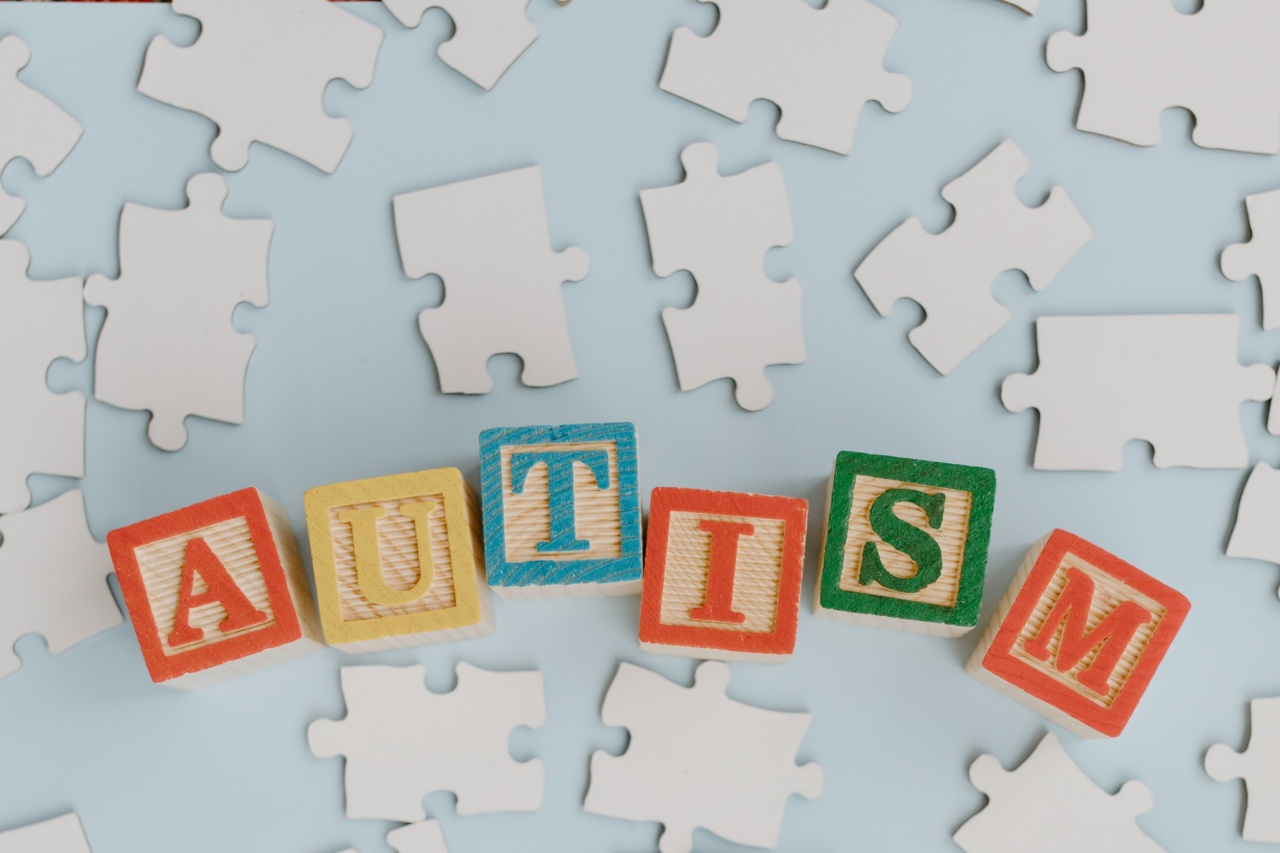Autism Spectrum Disorder (ASD) is a neurodevelopmental disorder that affects communication and social interaction skills.
Commonly characterized by restricted and repetitive behaviors, people with autism often exhibit distinctive linguistic patterns that can provide both insights into their condition and valuable information for diagnosing and treating it.
Understanding Communication Challenges in Autism
Communication is central to human interaction, which is why people with autism often struggle in social situations and forming relationships.
ASD can affect communication in different ways, and the severity of symptoms can vary widely from person to person. Some of the common communication challenges associated with autism include:.
- Delayed language acquisition: Children with autism may not start speaking until later than their peers or may not develop verbal language at all. Some children may also develop echolalia, a repetition of phrases and sounds they hear from others without understanding their meaning.
- Literal interpretation of language: People with autism may have difficulty understanding figurative language, sarcasm, and other nuances of speech, taking language at face value.
- Difficulty with nonverbal communication: Many people with autism struggle with nonverbal communication, such as making eye contact, interpreting facial expressions, and using body language.
- Restricted interests: Individuals with autism may have a limited range of interests and may struggle to engage in conversations on topics outside their interests.
Patterns of Speech in Autism
One of the most distinctive linguistic patterns in autism is echolalia, which we mentioned earlier as a repetition of phrases and sounds without understanding their meaning.
Echolalia can be immediate, repeating what someone has just said, or delayed, repeating something they heard earlier. Echolalia is a behavior observed in many children with autism, but it is not a universal feature.
Another characteristic linguistic pattern in autism is a monotone or flat voice, a lack of variation in tone, pitch and volume, that can contribute to the perception of social awkwardness.
This pattern often affects the way people with autism articulate their thoughts, leading to difficulties conveying their emotions in conversation. Often, people with ASD also use a formal language style, sticking to a strict set of grammar rules.
Some people with autism also have a unique way of using language, characterized by a tendency to repeat their questions and statements.
Repetitive questioning includes repeating questions several times before answering them and asking unimportant questions that run the risk of detracting from the main objective of the speakers. High levels of preoccupation with abstract speech, a tendency to repetitively use a single word or phrase, as well as verbosity, are also key characteristics of linguistic patterns in ASD.
Why Decoding Linguistic Patterns is Important
Decoding the linguistic patterns of autism is important because it can help to make a timely diagnosis and determine the next steps in terms of intervention and therapy.
Identifying linguistic pattern impairments in autism, such as echolalia, gives valuable insight into the diagnosis of autism, as it is one of the features that professionals look for during assessments. Decoding these patterns can also give researchers an insight into how ASD affects communication and understanding of language.
Further, identifying linguistic patterns in autism help parents and professionals to manage the behavior of individuals with ASD.
Once a pattern is identified, such as repetitive questioning, it can be addressed with appropriate therapy to improve their communication skills, social interactions, and conversations.
Therapies and Interventions Specifically for Linguistic Patterns in Autism
Although there is no known cure for autism, and linguistic patterns are challenging behaviors associated with ASD, various interventions and therapies may help to mitigate the condition’s impact on lives.
Interventions and therapies for autism mainly target communication, language, and social skills development.
Speech therapy: Speech therapy programs are designed mainly to address the language and communication challenges associated with autism.
Speech therapy involves building language skills, including vocabulary, grammar, and pragmatics, such as social skills and conversational abilities.
Cognitive-behavioral therapy (CBT): CBT is often used in children and young adult treatment. It teaches individuals to change negative thought patterns and behaviors by focusing their thoughts and feelings on positive ones.
Social skills therapy: Social skills therapy is specifically designed to help people with autism improve their social skills.
This therapy can help individuals understand how to communicate with others and read social cues when with others.
Conclusion
Decoding the linguistic patterns of autism is crucial to diagnose the condition, develop appropriate therapies, and understand how the disorder affects communication.
ASD affects communication and language skills in various ways, including repetitive questioning, restricted interests, and echolalia. Understanding these patterns and the challenges they pose help parents, professionals, and researchers to diagnose autism, implement treatments and interventions, and improve the social and communication skills of individuals living with autism.



























